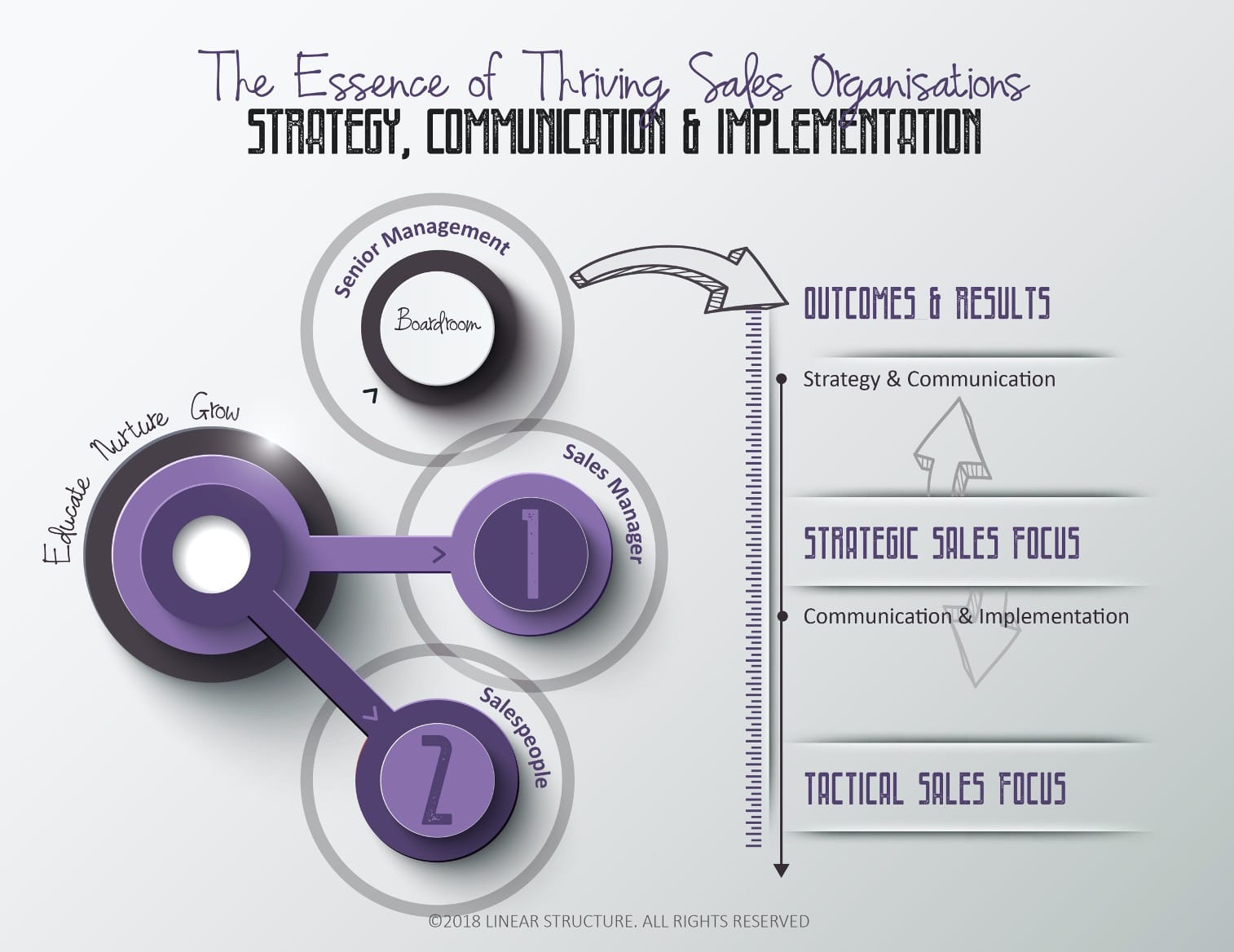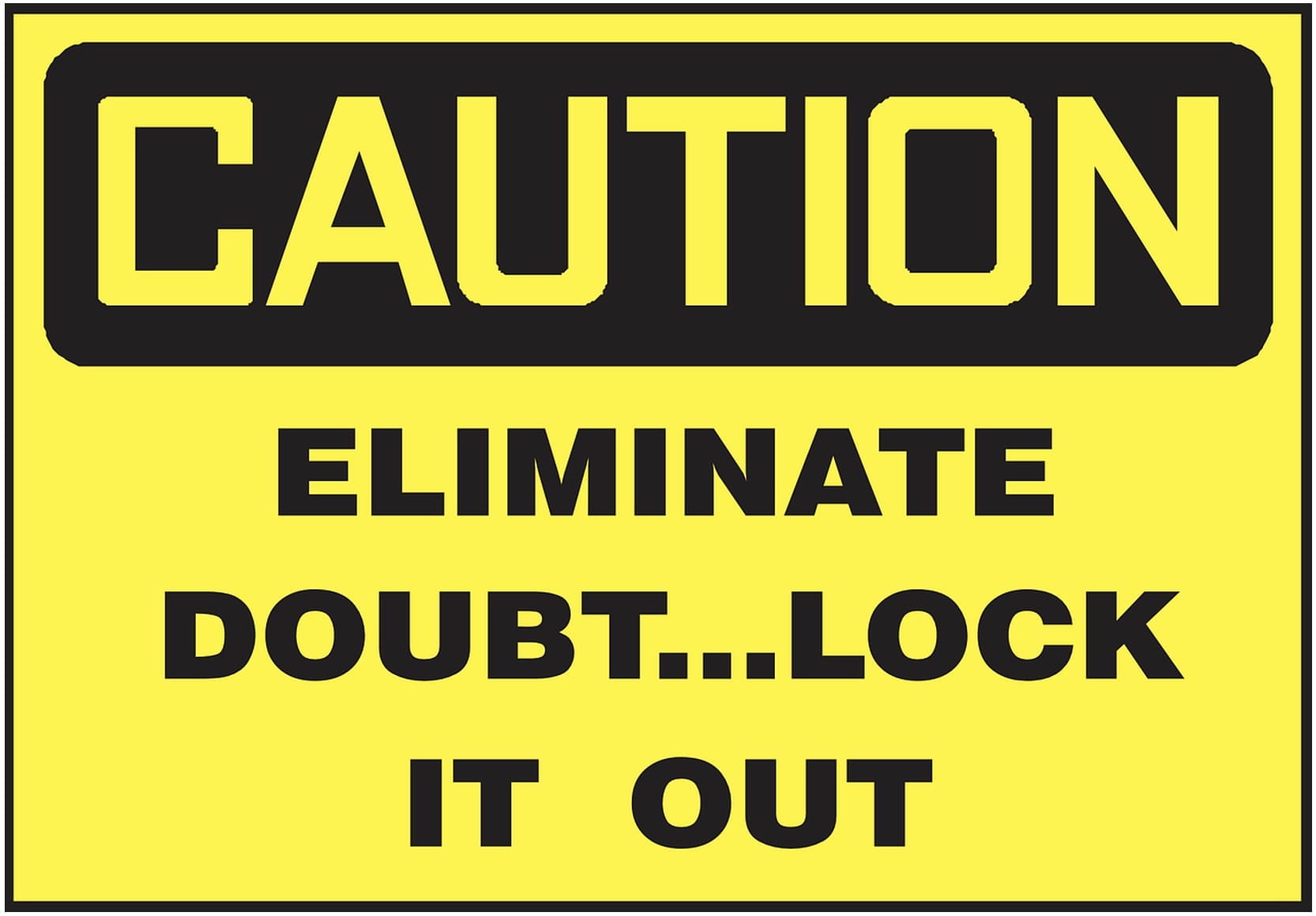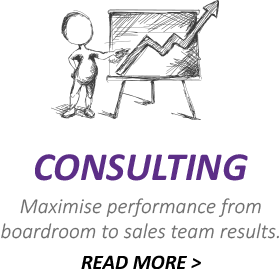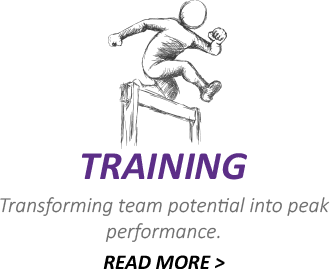As you start 2024 are you running a sales kick-off meeting?
This is a great opportunity to get everyone together and energised for the year ahead but,
What should you put into the content to make is valuable for your team?
One of the most powerful outcomes for the salesperson is having clarity.
Too often when I attend these events the focus is all around ‘what’ the company wants to achieve in the coming year, the results, sales growth percentages or the new product or service to be launched etc
Don’t get me wrong this piece of the puzzle is important but more than once I’ve left not having heard anything about the ‘How’ or the ‘Why’.
These are two critical elements you must include:
The ‘why’: one of the strongest motivators is to understand why you’re doing something. What’s the purpose?
This has two aspects from a company perspective you know and appreciate how the work you do each day is contributing to the health and success of the organisation. So, even if it’s repetitive or boring sometimes you feel is has value to achieving the overall goal.
The second part is linking the work closely to your personal goals, buying a home, taking an amazing holiday etc. In sales this is a key driver for you to hit and exceed target and maximise your income.
The ’How’: If you’re creating this kick-off meeting its vital to provide direction this piece often gets forgotten. The focus is on the overall number to hit for the year and bags of motivation and encouragement to go do it…but there’s precious little detail to answer the question in every salesperson’s mind. “How am I going to do it?”
You need to give clear direction to the team as a group and on an individual basis on how they should approach the market. If you don’t provide this strategic direction then very easily you will have several different and messy uncoordinated sales strategies running at the same time, not great.

One person may choose to focus on increasing sales from existing clients, another will decide to hit new business targets, someone else selects to focus their efforts exclusively on selling the new product range. You get the point, it’s like standing under a signpost with multiple directions to choose from which causes massive confusion and anxiety.
https://www.linearstructure.com/insights/assessments/creating-a-sales-strategy/
As sales leaders our job is to give clear direction on how, where, and when to implement the company sales strategy. Do the above assessment its a great place to start and see where you can improve.
This is great because it creates certainty in the minds and hearts of the people we lead, and the feeling of confidence because you know where you’re going, why and most importantly how you are going to win.
Incorporate these key pieces into your kick-off and you will nail it!
If you’d like to know about other tools and best practices to make your implementation successful drop me a line at peter.holland@linearstructure.com and I’ll be happy to forward them to you.
Here’s to your best sales year ever in 2024!
Peter

 hello
hello hello
hello hello
hello hello
hello hello
hello
 hello
hello hello
hello hello
hello hello
hello hello
hello

